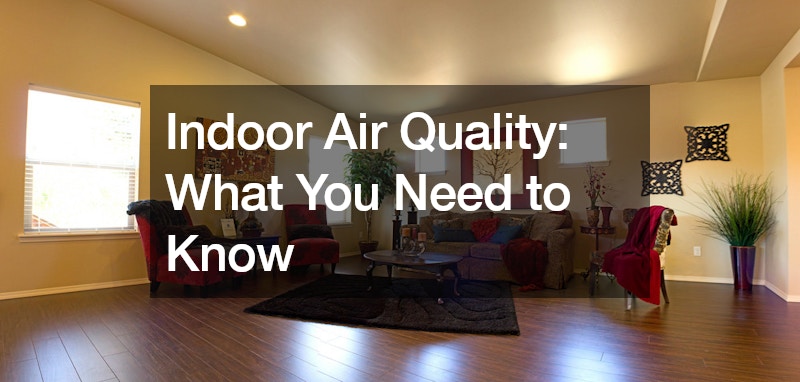
Indoor air quality is a critical factor in maintaining a healthy living environment. While modern building techniques have improved energy efficiency by making structures more airtight, they can inadvertently trap pollutants inside, leading to a decline in air quality.
In the past, buildings “breathed” more freely, with air changing 10 to 12 times per hour, allowing fresh air to circulate naturally. Today, tighter construction methods and advanced insulation have reduced air changes to as low as three per hour. Although this conserves energy, it can also mean that harmful pollutants like carbon dioxide (CO2), volatile organic compounds (VOCs), and particulate matter accumulate indoors.
These pollutants come from various sources, including cleaning products, paints, carpets, furniture, and even cooking. Without adequate ventilation, indoor air can be two to five times more polluted than outdoor air, even in busy city environments. This is why conducting an indoor air quality assessment is essential, especially in tightly sealed buildings.
To ensure proper ventilation, consider installing a heat recovery ventilator (HRV) or an energy recovery ventilator (ERV). These systems allow fresh air to enter the building while retaining energy by transferring heat from outgoing stale air to incoming fresh air. They help maintain a healthy balance between energy efficiency and indoor air quality.
Monitoring devices can also provide valuable insights into indoor air quality. These gadgets measure specific pollutants, like CO2, VOCs, or particulate matter, and can offer visual cues or notifications when levels exceed safe thresholds.
In summary, while energy-efficient construction is vital, it can lead to poor indoor air quality if proper ventilation isn’t maintained. An indoor air quality assessment, along with the right ventilation system, can help ensure a healthier indoor environment for you and your family.
